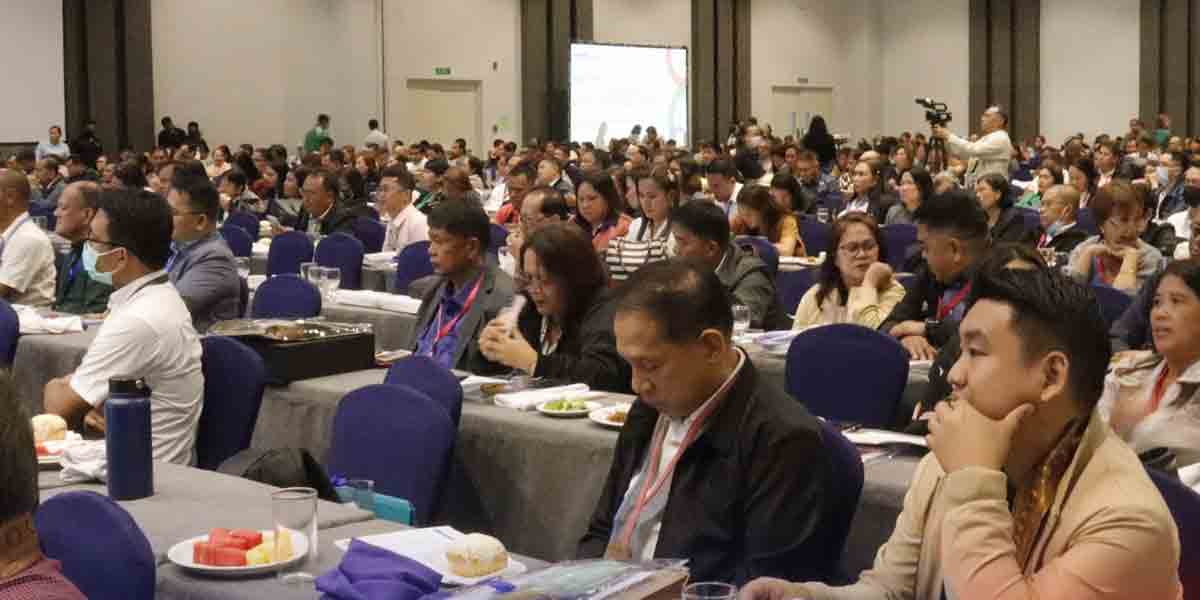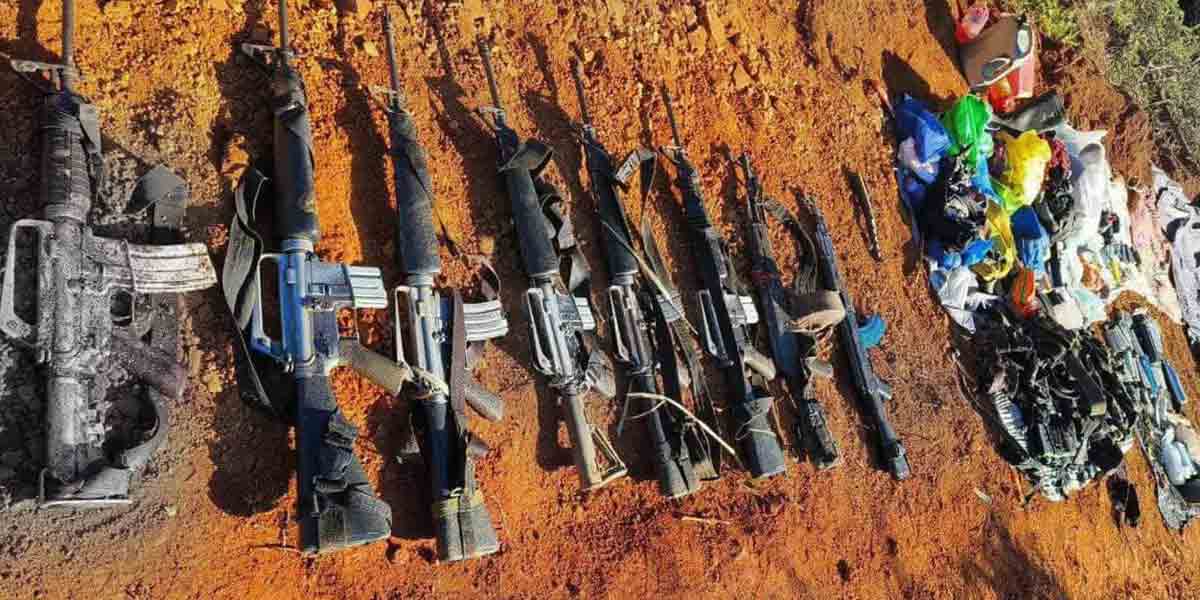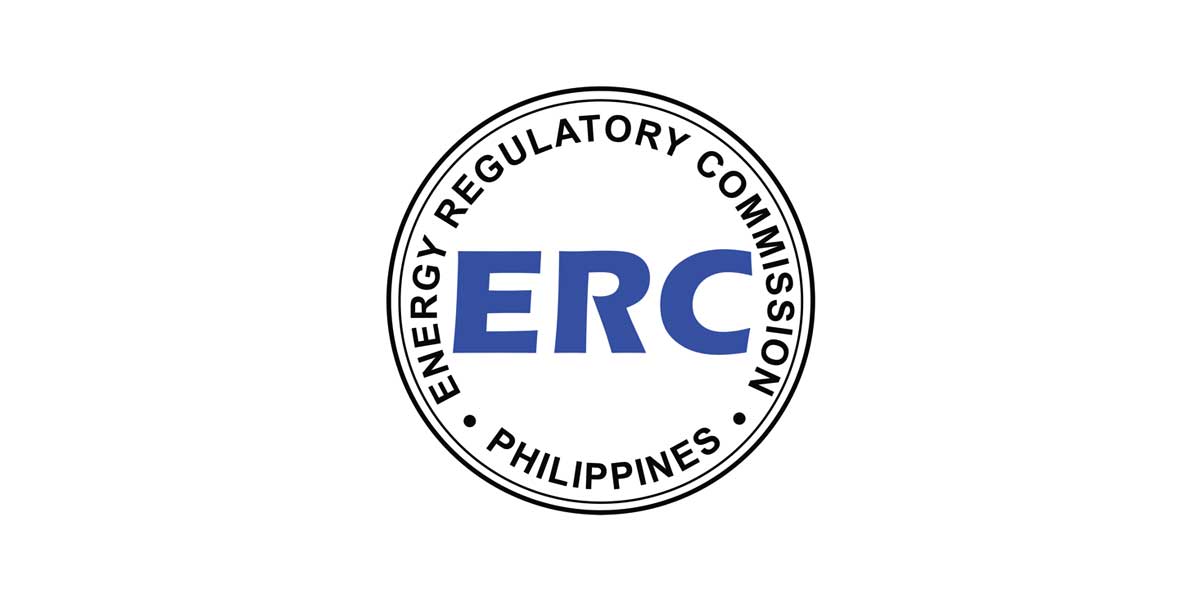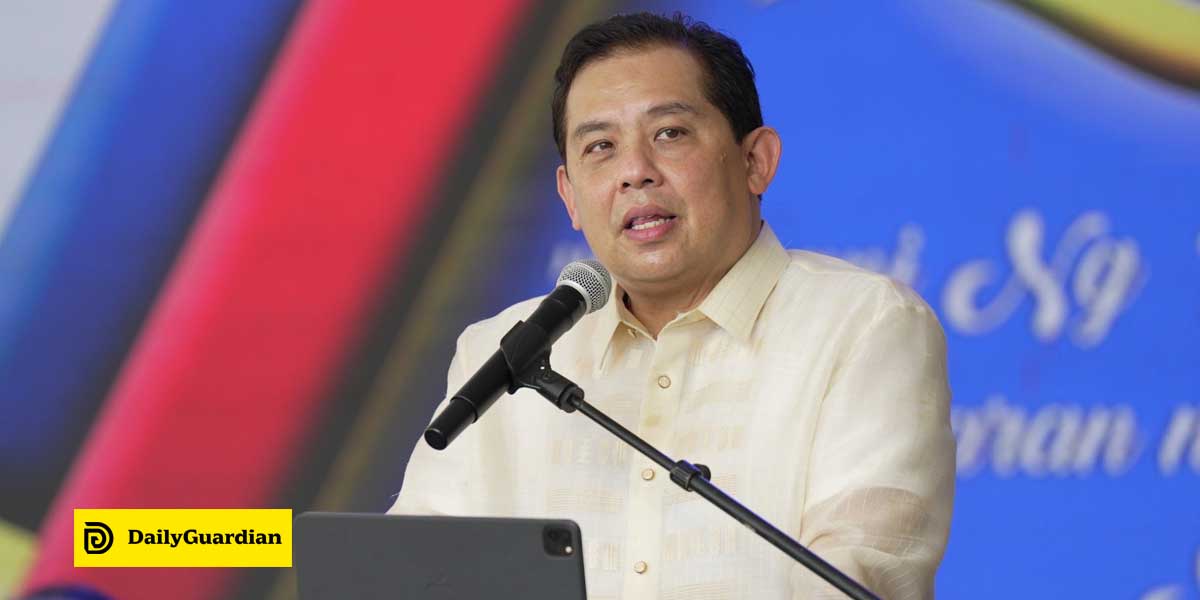By John Anthony S. Estolloso
Last February 11, Panayanons once again recalled the murder of Evelio Javier. For the more historically perceptive among us, we remember how on that day in 1986 he was chased through the town plaza of San Jose by masked elements even as gunshots rang out. He was cornered eventually at the warehouse across the capitol building and brutally riddled with bullets: his body would sustain at least twenty-four gunshot wounds (Caña, 2021).
What most people fail to remember however was that the young governor’s demise was directly instrumental to the gathering storm that was the EDSA People Power Revolution of 1986. By all appearances, Evelio’s impossible dream of a functional democracy for his time would find its apotheosis at the streets and in the demolition of a corrupt regime which is slowly now creeping back from the shadows of history.
For while the rest of the world will remember those three days as a relatively peaceful and non-violent revolution which would serve as warning and as template to dissembling dictatorships and tyrannies, the road leading to this grand avenue of democracy was far from bloodless.
In 1983, three years before the people took to the streets, Senator Benigno ‘Ninoy’ Aquino Jr. was gunned down at the tarmac of then Manila International Airport, his place of death which now bears his name a stark reminder of murder most foul and political. In direct show of support to government opposition, a million Filipinos lined the streets to bid his remains farewell (Campbell, 1983) – and when funerals stir people to crowd a cortege on its way to the tomb, then there is no power among the living that can contest its memory.
What happened in the months that ensued would boil towards revolutionary fervor that spilled into Malacañang, even as the dictator – family and loot included – bolted out of the country in American helicopters. After all the many speeches and conversations on the matter, perhaps we can let go of the didactic discussions of the event’s significance in terms of our liberties and rights but what is essentially at the heart of it is still the basic understanding that murder is evil and having been done, restitution and correction should be made.
Perhaps what depth we can glean from the event 37 years after is not merely freedom and emancipation but the fact that the Filipino people were moved to respond to a foul act that no moral jugglery can justify: the taking of another human being’s life.
On that point, the present must come to terms with the same moral issue. With the spate of extra-judicial killings in the past administration, has the Filipino become too catatonic to respond morally to murder, as he did in 1986? Have we become shamefully undignified that the Filipino is not even worth living for (or dying for)? Why are we not troubled when Filipino blood is being spilled on the streets?
No, the grand historical narrative of the 1986 EDSA Revolution did not revolve on a political clash of surnames or of petty political parties and factions – as certain politicized entities would insist; it is rather the decisive act of the Filipino people, enlightened yet kept so long in fear, to come together to take matters of national and moral inheritance at their own hands. Collectively, the revolution was an eventual outpouring of years of frustration brought about by a political system fraught with corruption, maladministration, and shallow edifice complex resulting to cronyism, insurgency, and ever-widening economic gaps that we still experience today (Official Gazette).
Not surprising at all that many historians and commenters of the event would call it an ‘unfinished revolution’. It is left for us then to ask that with the same familiar social issues and the same (disappointingly) familiar names in our politics today, would it ever be finished?
*****
There will always be an EDSA Revolution of 1986. No amount of whitewashing or conspiracy theories will remove the fact that in February of that year, millions of Filipinos were moved to remove a dictator and his family which has leeched for so long onto the lifeblood of this country.
For as long as there are our institutions that value the liberty, honor, decency, moral consciousness, and intellectualism of the Filipino people, there will always be that determination to question and to protest authoritarian and abusive regimes.
For as long as there are brilliant and principled young Filipinos who are driven to speak up and stand for the progress and development of this country, there will always be that strength of spirit to carry on the unfinished revolution.
For as long as there is the epidemic of cognitive dissonance and historical distortion about this momentous event, there will always be the clarion call to remember and celebrate among our academes and libraries, and for them to take an active stance in the preservation and maintenance of factual historical truth.
Now, another Marcos sits in Malacañang: perhaps we might be compelled to forgive the filial ineptitude, for his father’s sins – but why should we forget his family’s iniquities?
References:
- Campbell, C. (1983, September 1). A million Filipinos line the Aquino funeral route. The New York Times. https://www.nytimes.com/1983/09/01/world/a-million-filipinos-line-the aquino-funeral-route.html
- Caña, P.J. (2021, October 14). Evelio Javier was ‘swifter than eagles and stronger than lions. Esquire. https://www.esquiremag.ph/long-reads/features/evelio-javier-a00289-20211014-lfrm
- Martial Law Museum. (n.d.) The road to EDSA. https://martiallawmuseum.ph/
interactive/roadtoedsa/ - Official Gazette. (n.d.) Appendix: A history of the Philippine political protest. https://www.officialgazette.gov.ph/edsa/the-ph-protest-appendix/






















